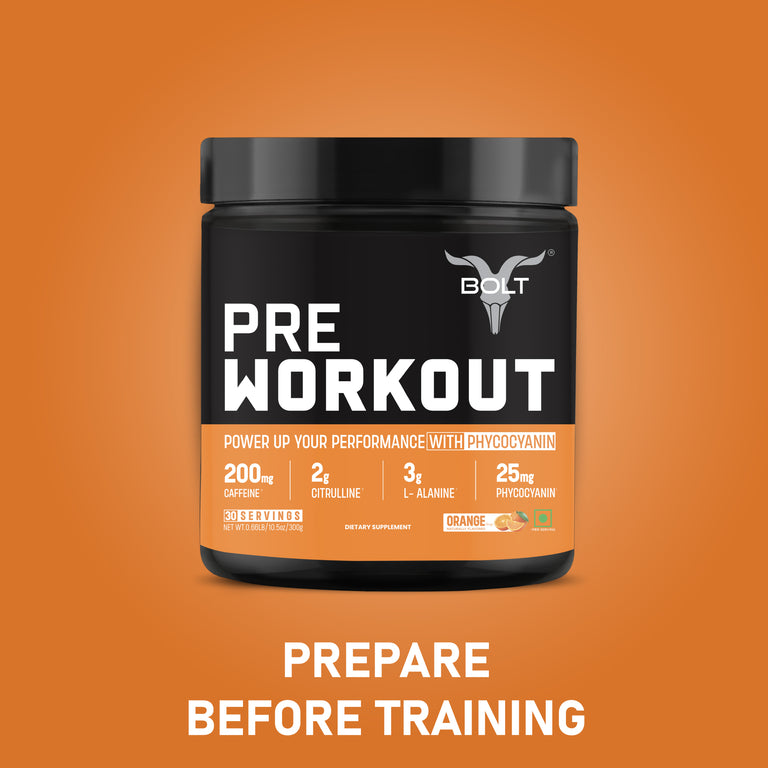
WOMEN AND WEIGHT LIFTING A MYTH
byResistance exercise is often overlooked by women, especially since it enhances the communication between the brain and the muscles. You might be able to hit your fitness goals if we debunk these myths about women and weightlifting.
Resistance training with 8 to 12 repetitions of 8 to 10 exercises that target all the major muscle groups should be done two to three times per week, according to the American College of Sports Medicine (ACSM). Only 20% of women were doing resistance exercise twice a week or more, according to the Centers for Disease Control and Prevention (CDC).
There are many benefits to lifting weights for women, so why aren't more women doing it? Perhaps it has something to do with myths about women lifting weights and strength training.
MYTHS ABOUT WEIGHT LIFTING & STRENGTH TRAINING IN WOMEN
The #1 myth about lifting heavy weights: Women will grow large
Women don’t bulk up from lifting weights; they just get big fat bellies. Researcher Kevin Ting made this conclusion when he found that the amount of testosterone they had to put into their bodies to build big muscles was much less than is needed for men. His study found that both male and female subjects who used more than 100 grams of weight every week increased their muscle mass significantly more in their biceps, triceps, and calves than those who lifted less than 100 grams every week.
Over time, what most women do when it comes to exercise is get into a routine and stick with it. This helps them obtain and maintain a healthy weight through resistance training alone. Over-eating and skipping meals can also cause an increase in body mass, but this gain can be easily reversed by simple adjustments in your diet.”
The #2 myth Performing cardio only at the gym is the best way for women to lose weight
One of the biggest challenges women face when it comes to weightlifting is their lack of knowledge about the benefits of weight training and the proper technique they need to use. Another issue is that many women, who are trying to build muscle, tend to spend all their time on cardio machines rather than working with weights.
In a recent article in the International Journal of Exercise Science, researchers examined weight lifting as an exercise modality with potential health benefits for women and teenage girls.
Weight lifting is considered a form of strength training, which uses heavy weights and compound movements for larger muscle groups and coordinate muscles, such as the quads, chest, and triceps. Weight lifting also has been shown to reduce body fat and increase metabolism.
When weightlifting, women should focus on the following areas:
An analysis of the body's composition
The process of body recomposition is ideal for losing fat while gaining muscle at the same time. This change in your body composition can be attributed to a combination of changes to your diet, as well as your daily exercise regimen.
Body recomposition is a way to change how your body looks and feels. The benefits of this process include weight loss, better health and fitness results, improved strength, and a stronger immune system.
Make Your Training Work For You
Instead of worrying about what individuals could or might not rely on the means you look, target your personal health and fitness goals and build it your mission to accomplish them. It's a great feeling when you work out, eat healthy foods and get in shape for yourself. These are all things that can help you achieve happiness in life and become successful at whatever it is your passion is.
Progressive overload training is the key
As you start your strength training journey, we recommend that you practice progressive overload methodologies. This means that you gradually increase the weight and number of reps. You'll be surprised at how challenging your routine becomes and what an improvement it will make in such a short period of time.
A successful strength training program will require you to have a disciplined approach and proper nutrition. It’s also important that you don’t try and lift heavier weights right away because that won’t do much for your muscles. That is why it is important to start with a gradual increase in weight, frequency, and repetitions before allowing yourself to lift heavier weights.







